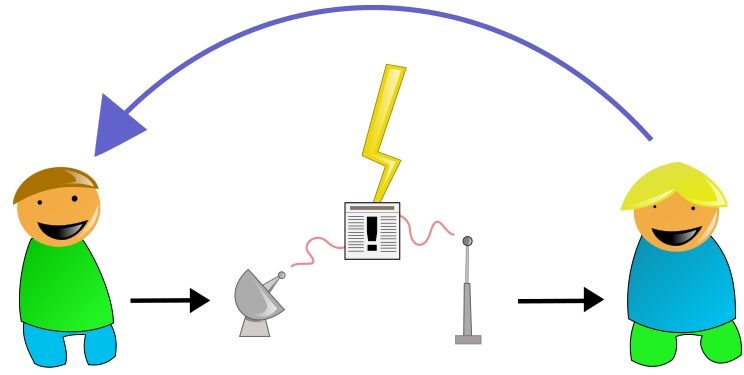Medicare represents some of the greatest and worst qualities of our health care system. The positive is that it provides coverage for people over the age of 65 no matter what. After your 65th birthday you receive a little red, white and blue card in the mail that guarantees you can go see a doctor for little cost. The program serves many of our most vulnerable populations and has helped to bring many elderly people out of poverty.
On the other hand, Medicare is the foremost example of our fractured, piecemeal health care system that attempts to fix problems after they’ve occurred instead of trying to prevent them. Instead of having a simple, unified health care system, we rely on Medicare, Medicaid, non-profits and other charity groups to fill in the pieces when people don’t have employer health insurance. Medicare was built one part at a time, just as our health care system and just as Obamacare are being phased in year by year.
When Medicare was introduced into the Social Security Act by President Johnson in July 1965, the program consisted of two parts – A and B. Part A covers 80 percent of hospital costs. Part B covers 80 percent of inpatient and primary care. This type of payment is referred to as cost-sharing. President Reagan tried to implement catastrophic coverage (Medicare paid for services up to a certain amount, depending on your income). So many protests resulted that he switched back to cost-sharing.
But, as you can imagine, paying for that extra 20 percent can get pretty costly. So Part C was introduced in 1997 to help both the elderly and private insurance. If you decided to enroll in part C, or Medicare Advantage, you would choose to pay a higher monthly premium instead of that 20 percent. During this same time, the Sustainable Growth Rate was implemented, which was intended to limit the increase in cost of doctor’s services, but has been suspended every year since 2002.
This lack of control added to Medicare spending, and so did the last part of the program, Part D, which covers drugs. But even this provision left coverage incomplete, with many people trapped in a “doughnut hole” with high out-of-pocket costs. So even with these four parts in Medicare coverage, you’re still paying quite a bit for your comprehensive coverage. Fortunately, if you’re low-income you can apply for more assistance or even qualify for Medicaid which will pay that 20 percent.
If you’re living with a disability, you also qualify for Medicare, but if you have a work history you may have to wait for up to two years. If you don’t, you will also qualify for Medicaid. Either way, you’ll need to lawyer up.
Yet, one of the greatest parts about Obamacare, is minimizing the out-of-pocket costs for Medicare beneficiaries. The law phases in rebates for drug costs, free primary care services and ways to improve quality of care. The biggest benefit is drug coverage as eventually, it will be 75 percent covered and will save people a lot of money since those pills can add up.
Nonetheless, since the law was enacted, Medicare has still been subject to changes because of sequestration by capping reductions to payments and limiting out-of-pocket expenses. Fortunately in Obama’s plan, the “doughnut hole” will be closed by 2015 instead of 2020 and (unfortunately for hospitals) teaching hospitals and hospital debts will be paid less. Another controversial new provision is having wealthier Medicare beneficiaries pay more. Others have proposed Medicare changes but none offer Obamacare’s biggest addition to the program – the elimination of the “doughnut hole.”
All these changes and back-and-forth make it even harder for Medicare beneficiaries to understand. Drug coverage for this vulnerable population could mean saving an extra few hundred dollars a month, or more importantly an ER scare. I doubt most Medicare beneficiaries follow health reform closely and if they do, I bet they’re still confused about what pieces are going to be implemented that will affect them. Like our health care system, we need a concrete plan that will curb costs and improve quality of care in place of making changes step-by-step as things go wrong. Step-by-step, day-by-day doesn’t work. What we need is a fresh start!


[…] Image Source: changingmediagroup.com […]